Lampranthus Succulents: 67 Varieties to Elevate Your Garden
Imagine a vibrant carpet of succulents adorning your garden or indoor space, each plant bursting with shimmering blooms in a kaleidoscope of colors. Welcome to the captivating world of Lampranthus succulents! These resilient plants, aptly named “shining flowers,” are about to steal your heart with their irresistible charm.
Contents
Lampranthus: A Shining Star in the Succulent Family
Lampranthus is a genus comprising 100 to 150 species, belonging to the Aizoaceae family of plants. Native to South Africa, particularly around Cape Town, these beauties are commonly known as Pink Vygie and Trailing Ice Plant. They are perennial shrubs, recommended for hardiness zones 9 to 11 by the USDA. During the summer months, Lampranthus succulents burst into a riot of colors, with flowers in shades of pink, purple, orange, and red gracing the edges of their shoots.
Types of Lampranthus Succulents
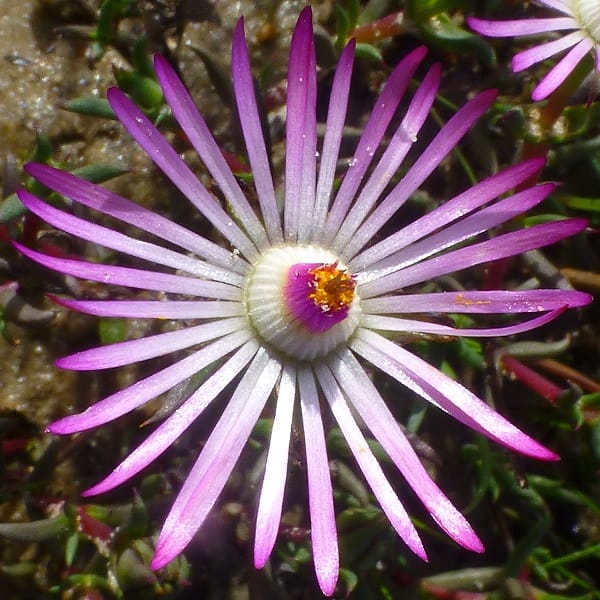
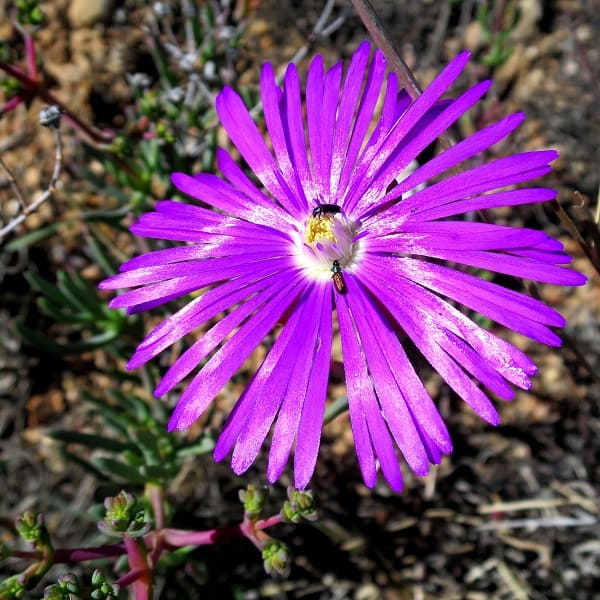
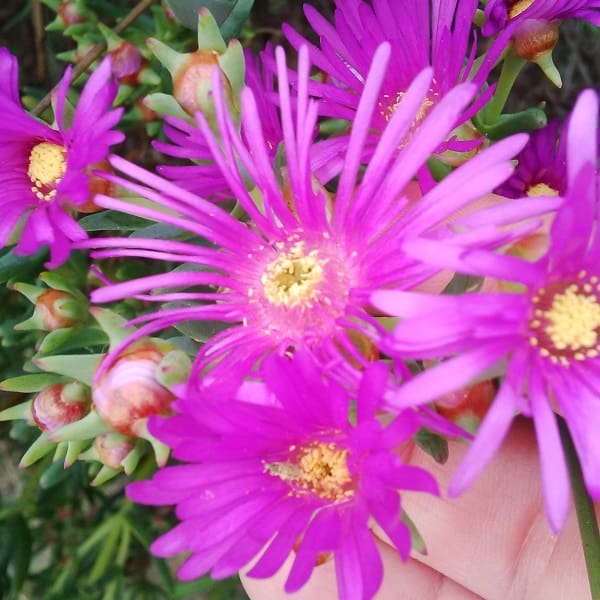
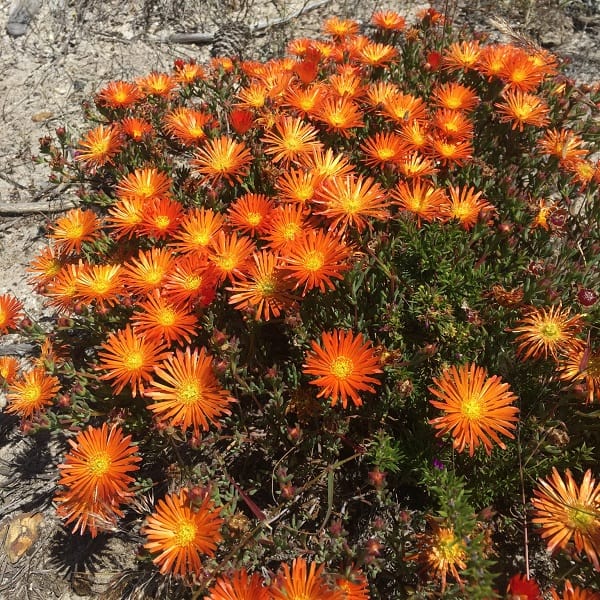
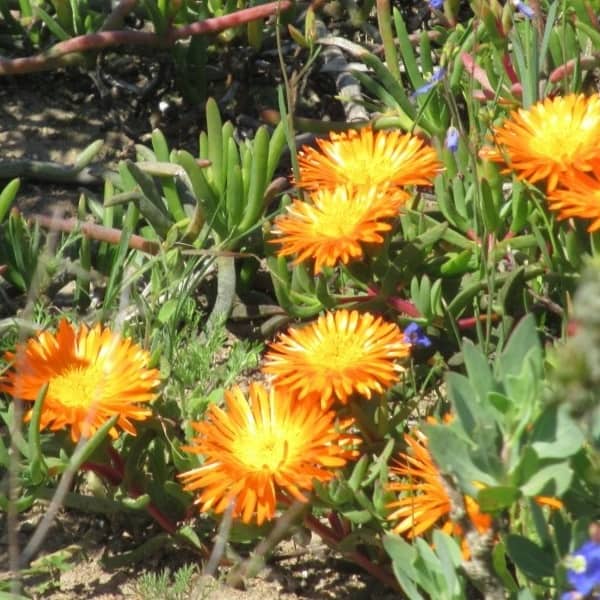
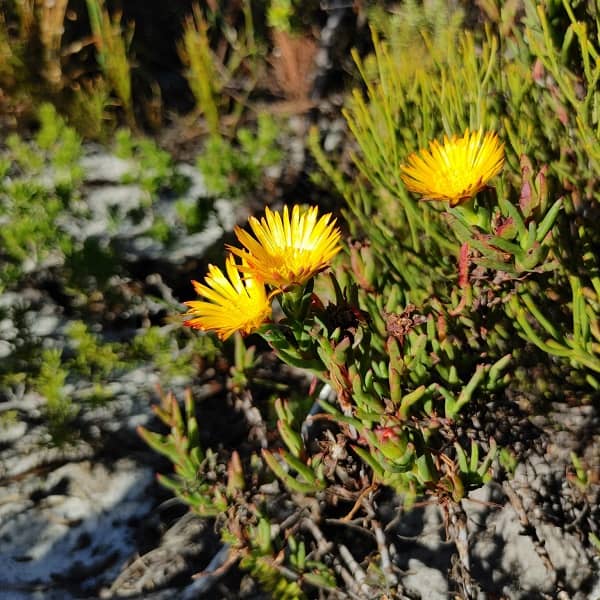
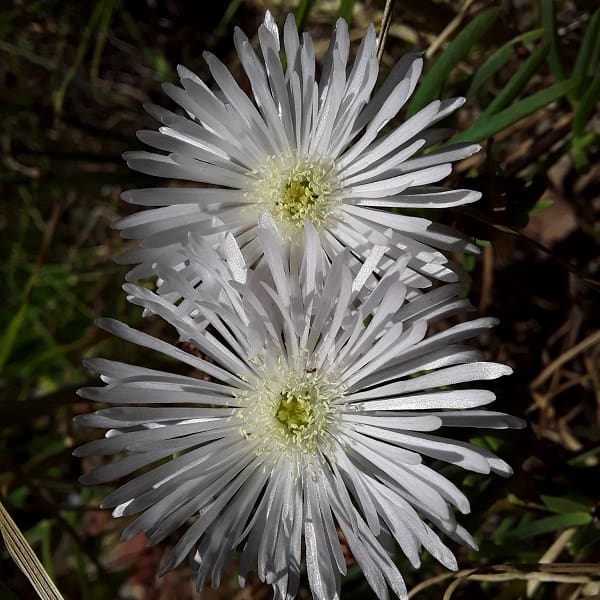
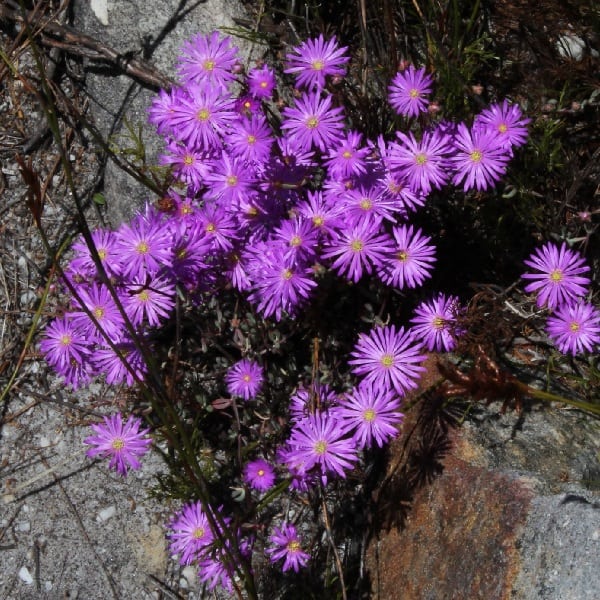
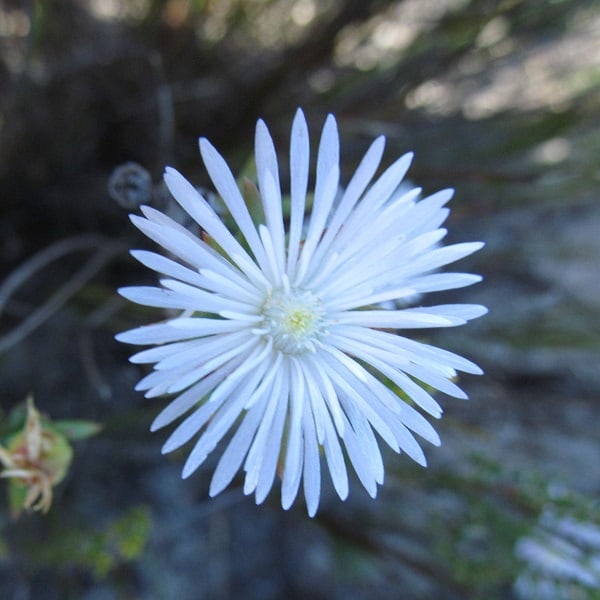
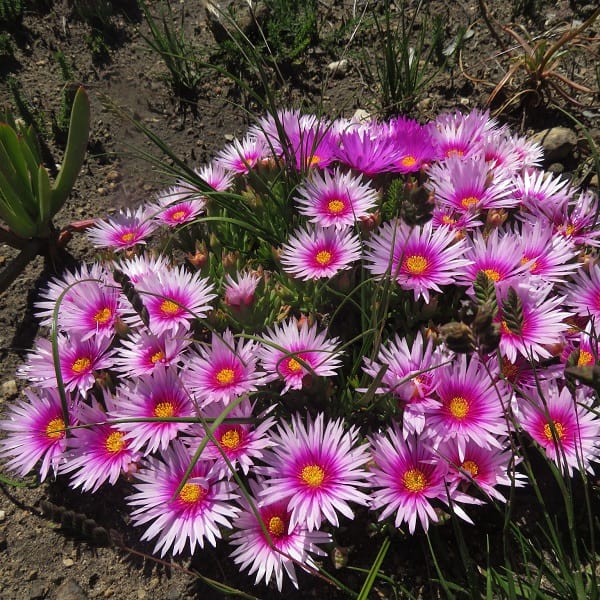
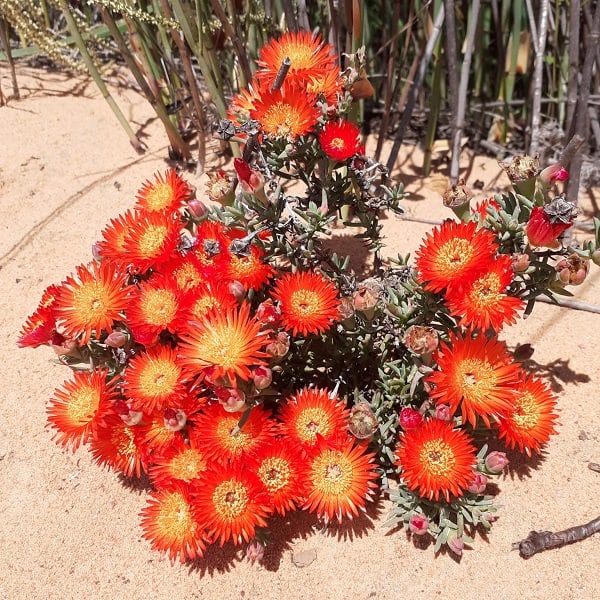
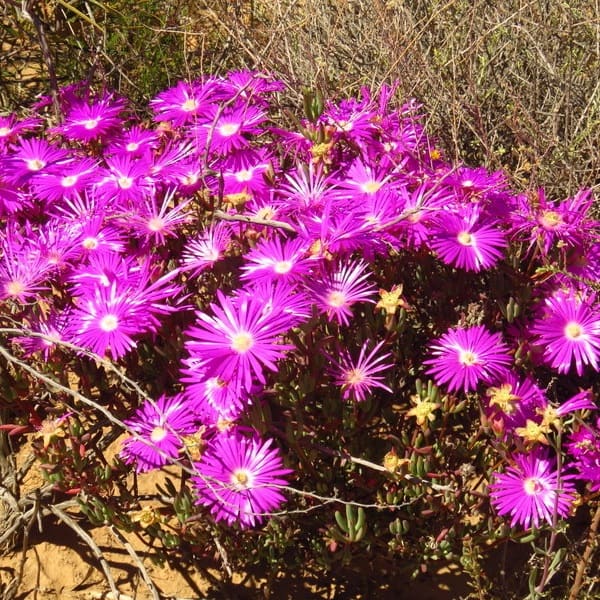
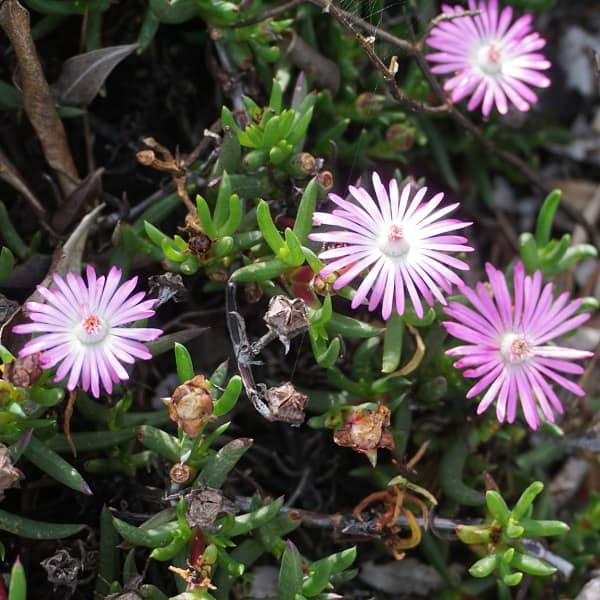
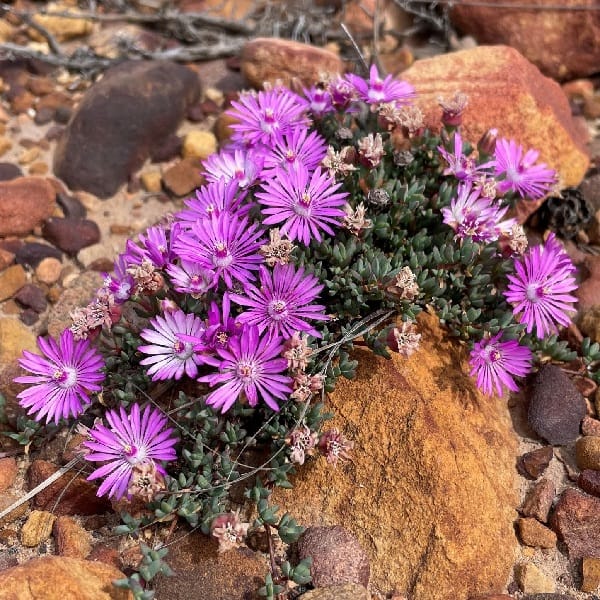
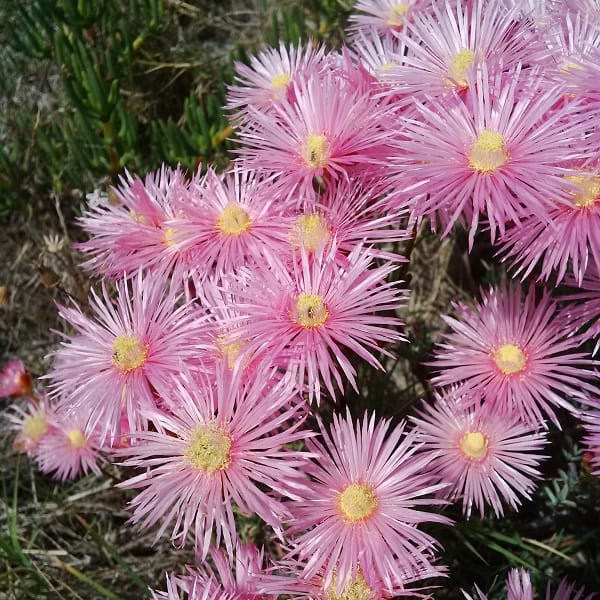
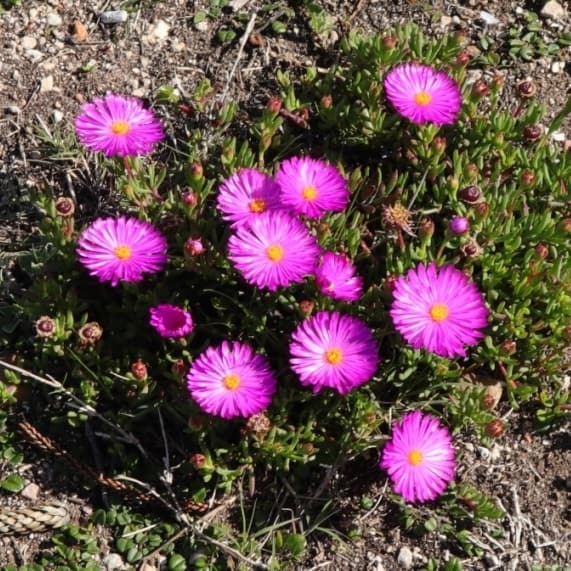
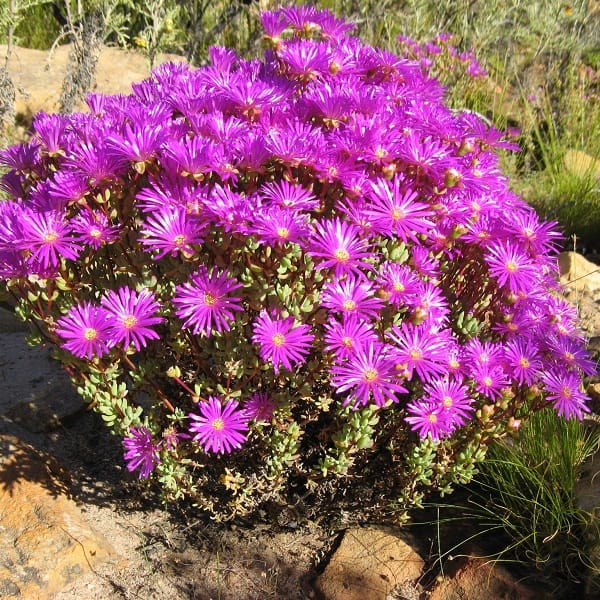
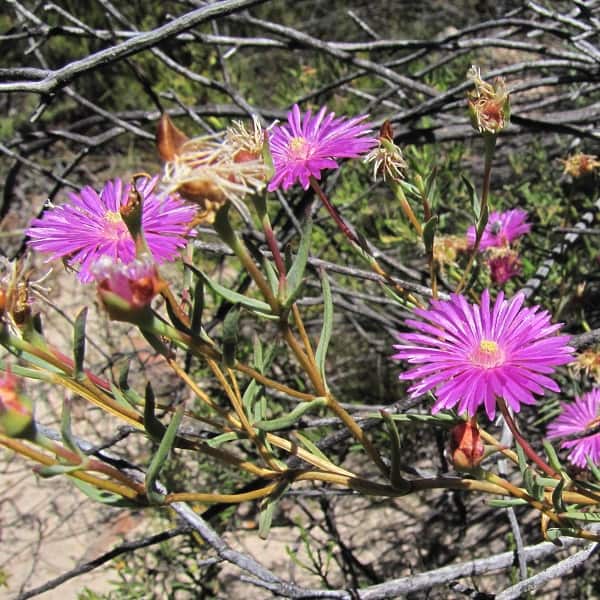
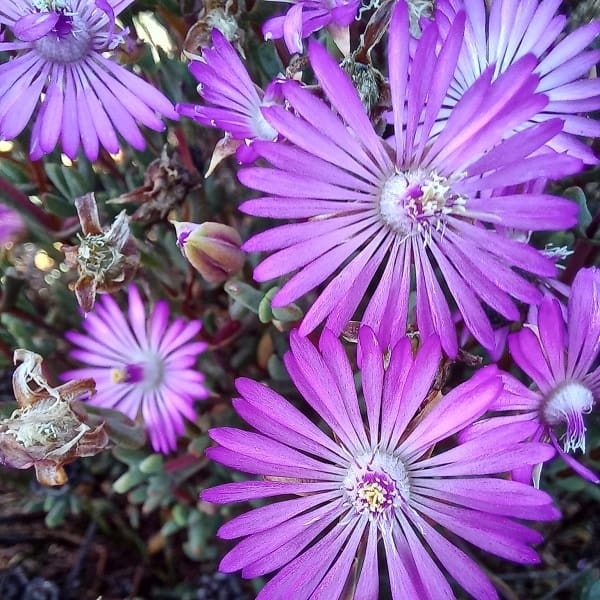
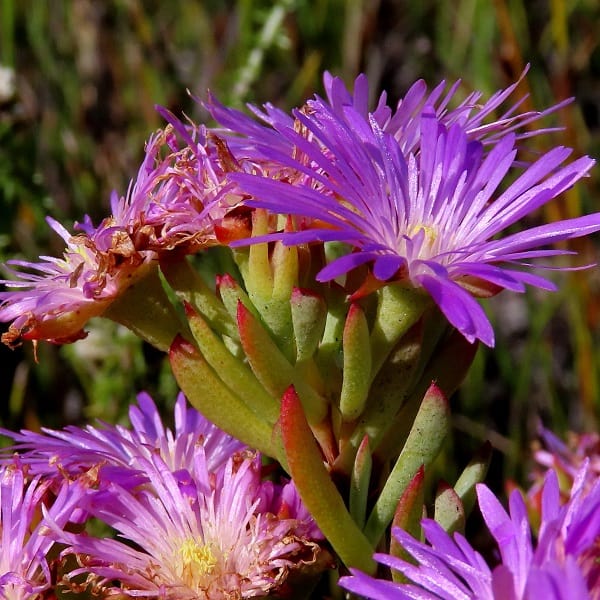
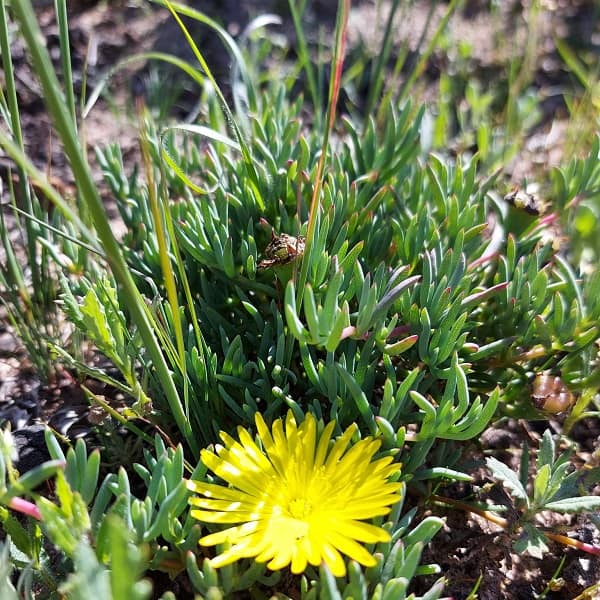
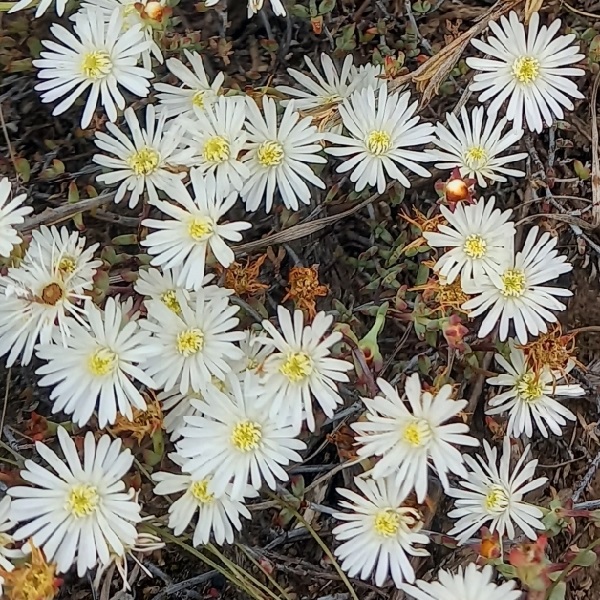
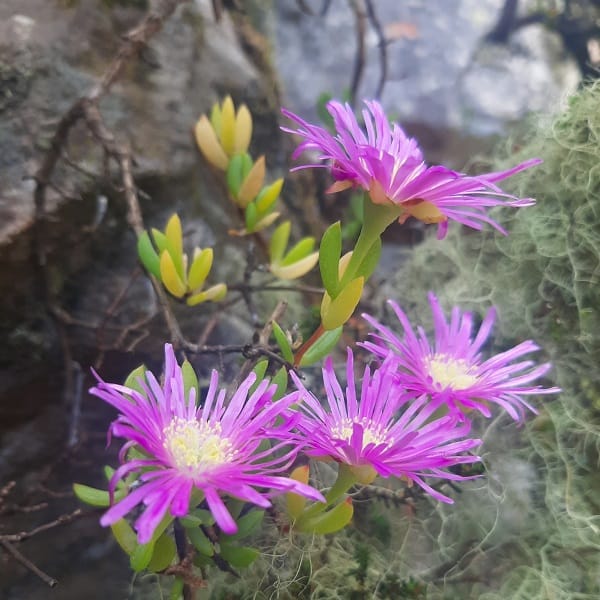
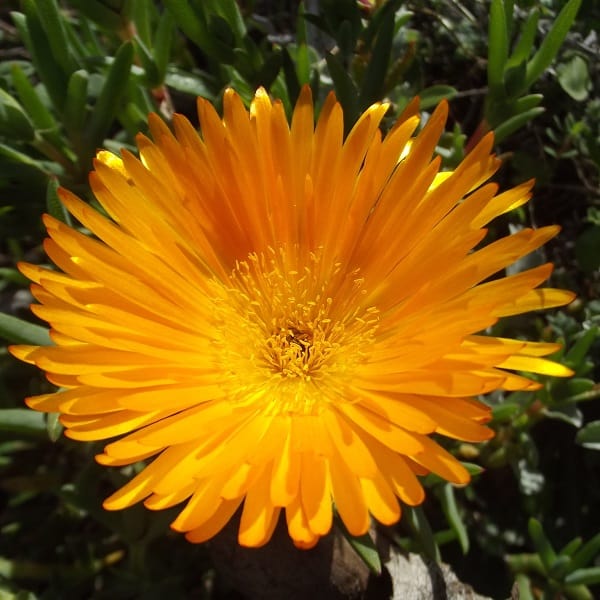
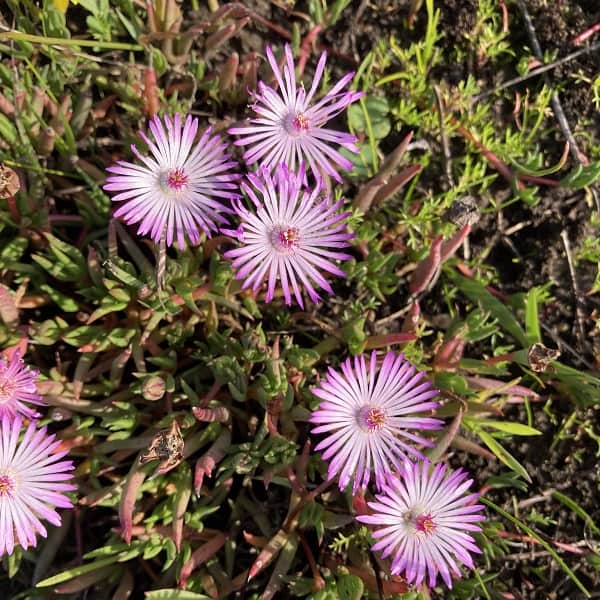
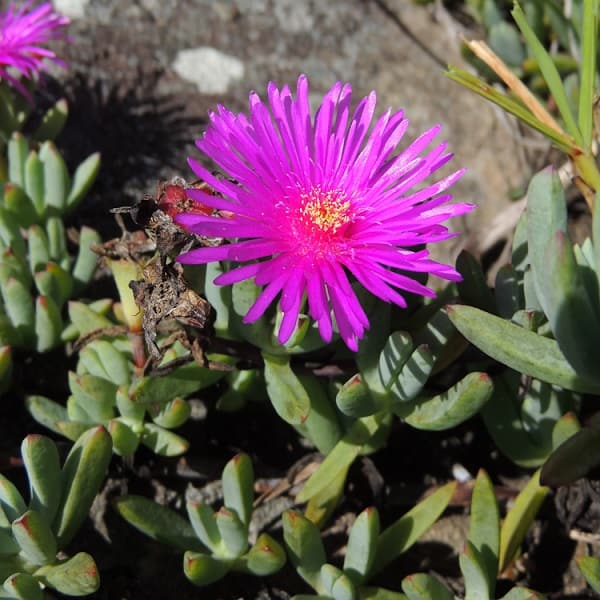
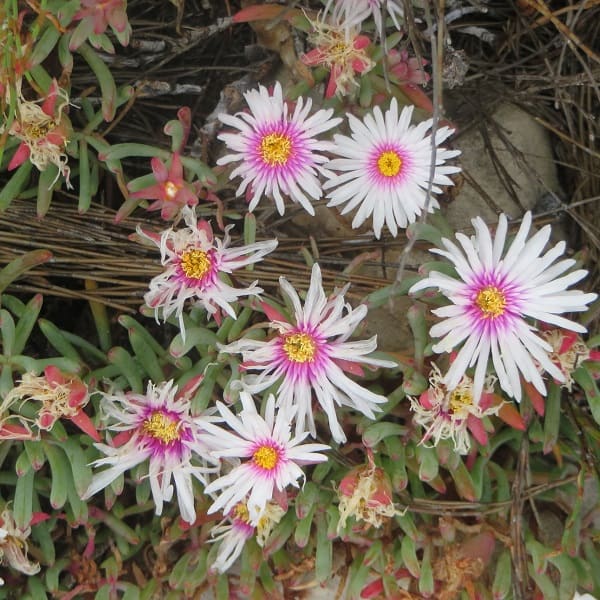
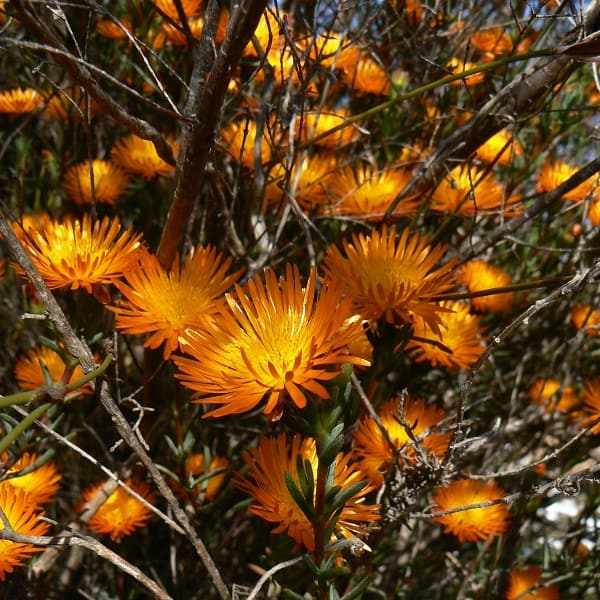
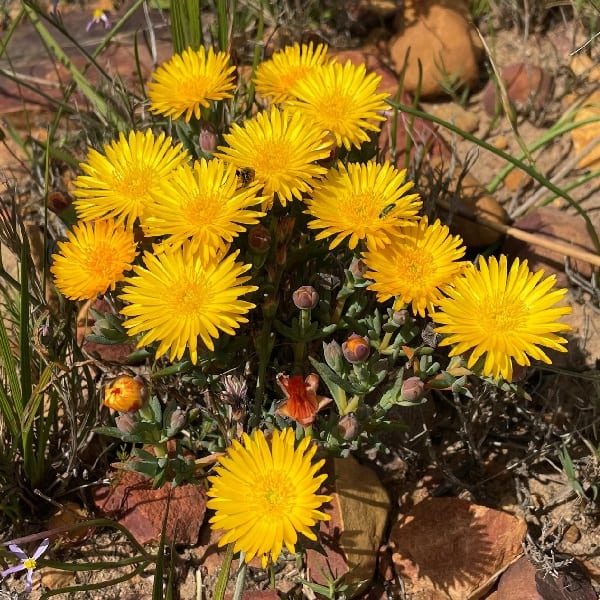
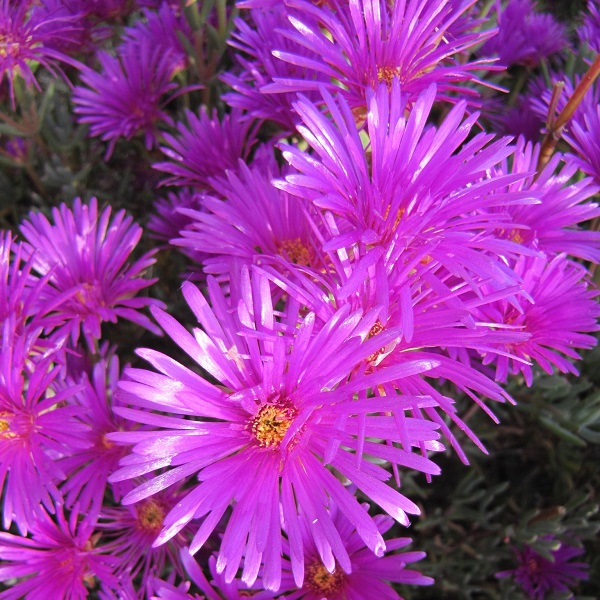
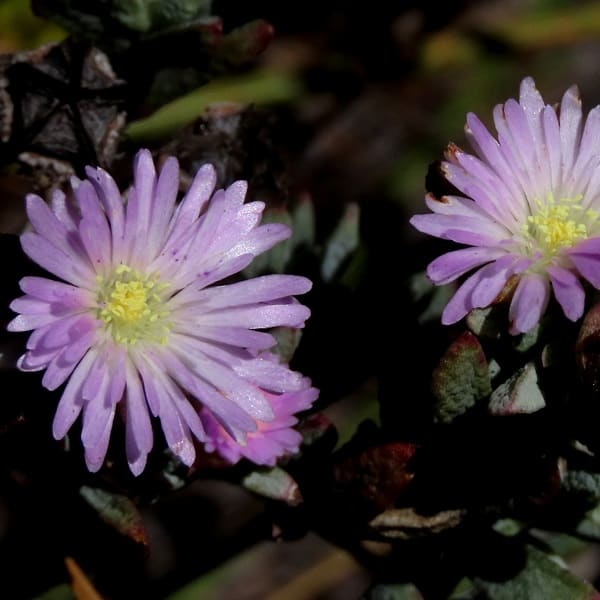
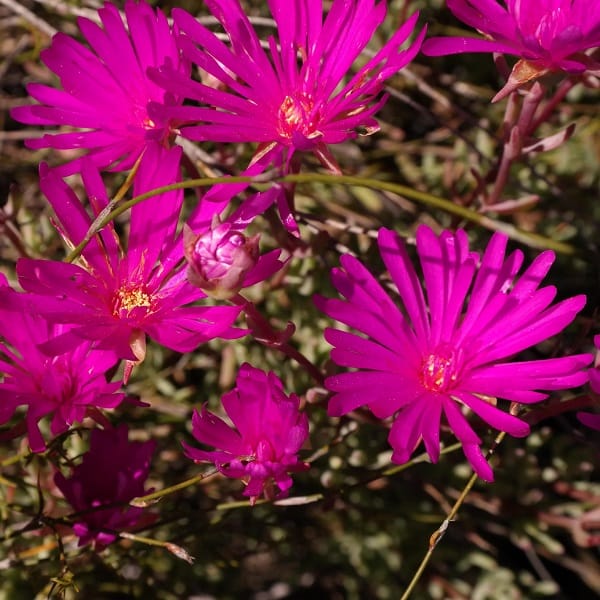
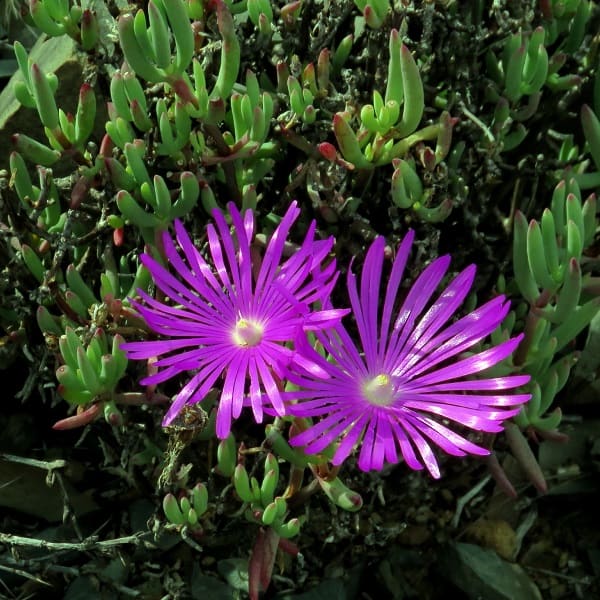
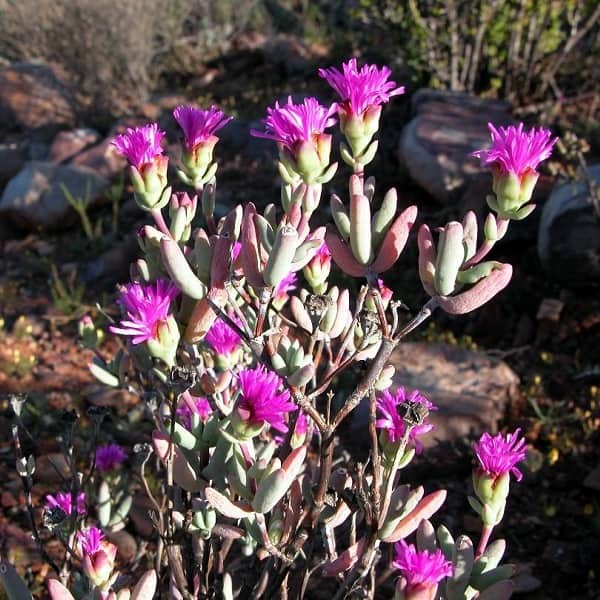
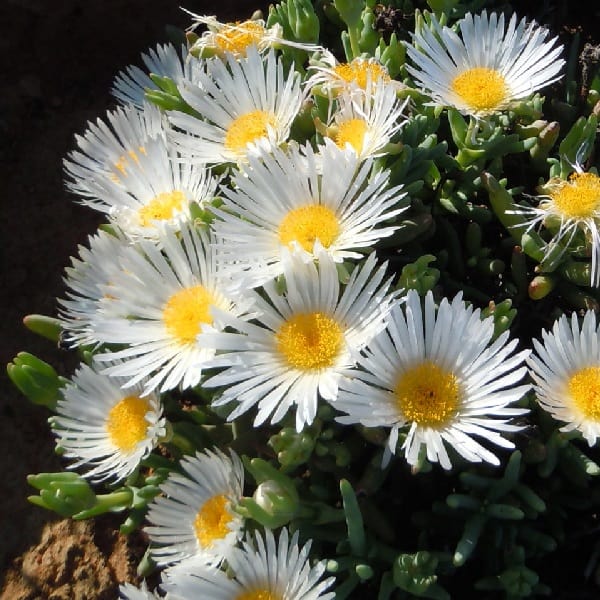
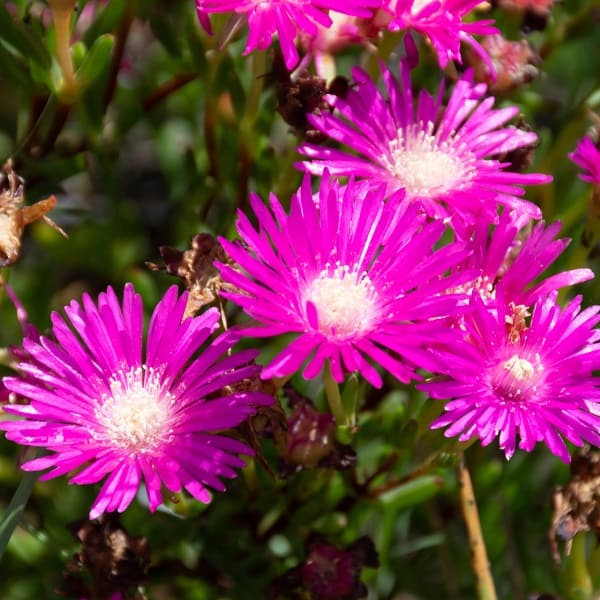
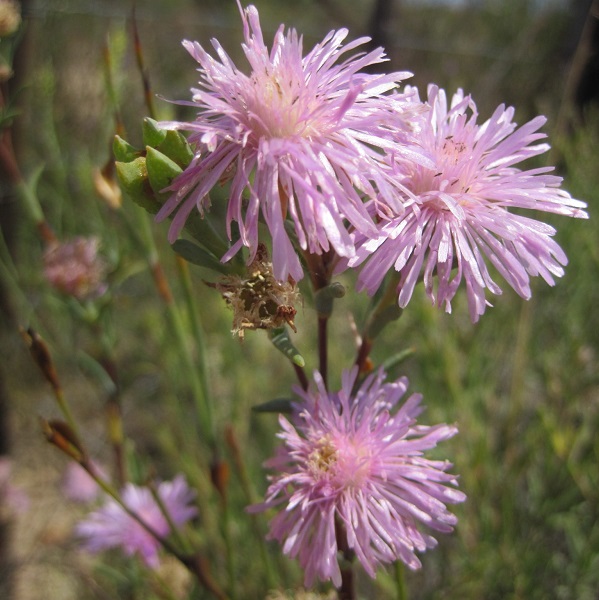
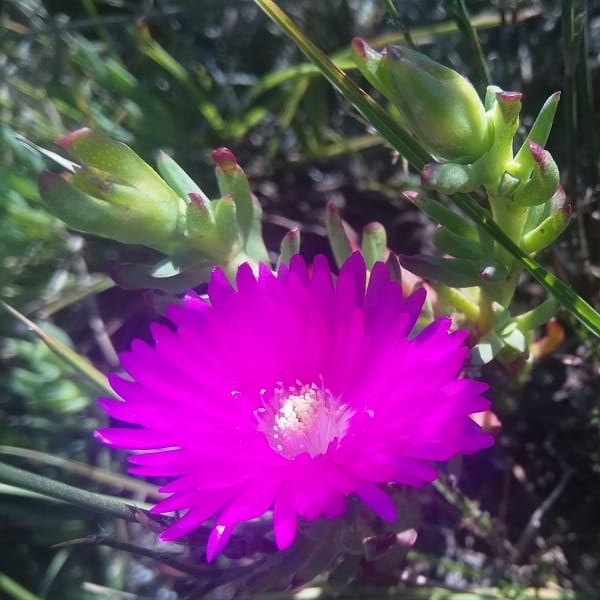
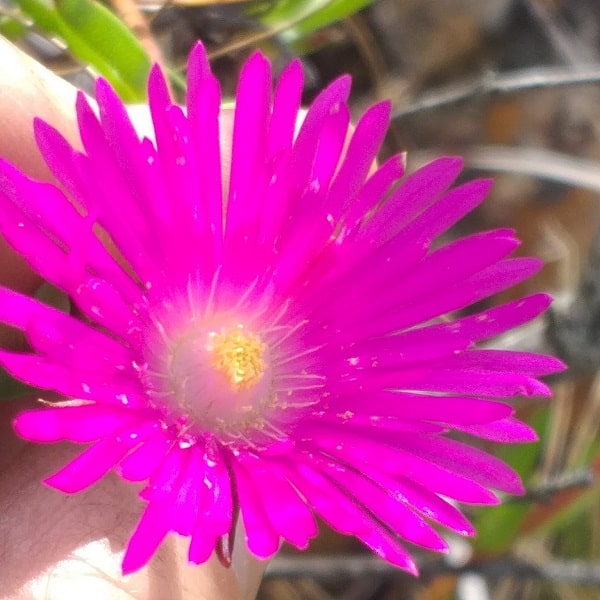
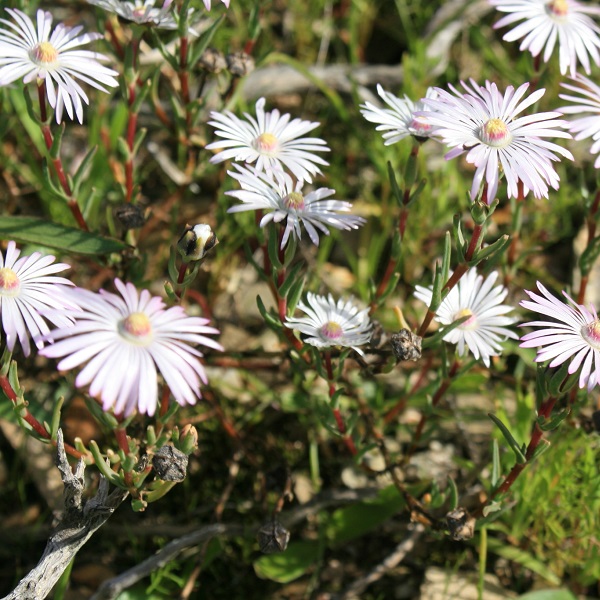
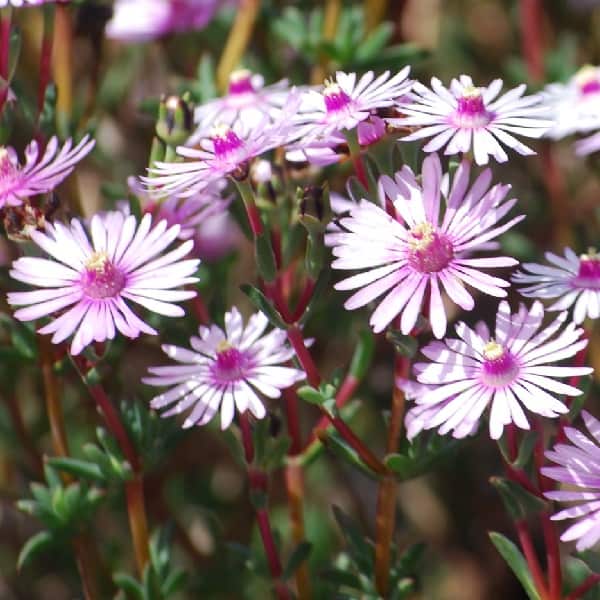
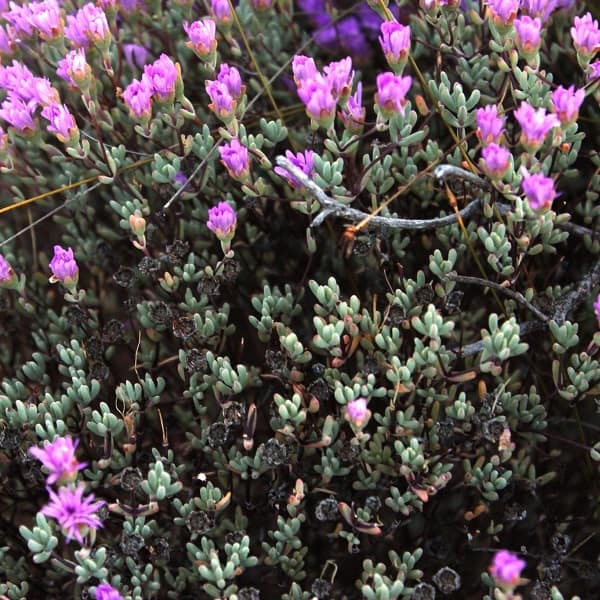
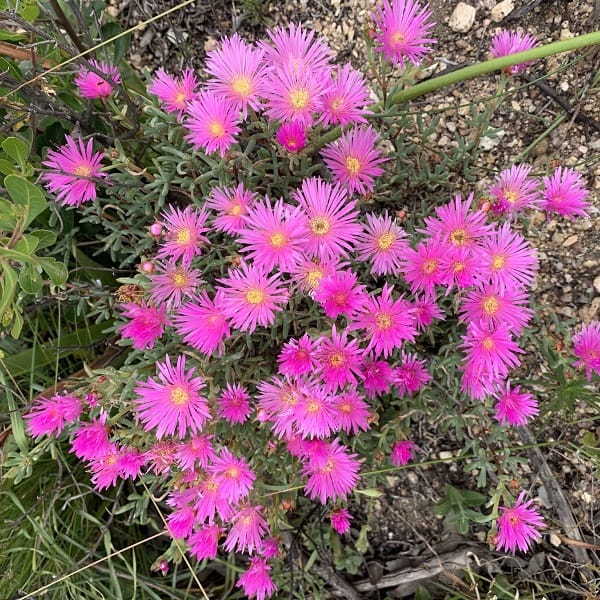
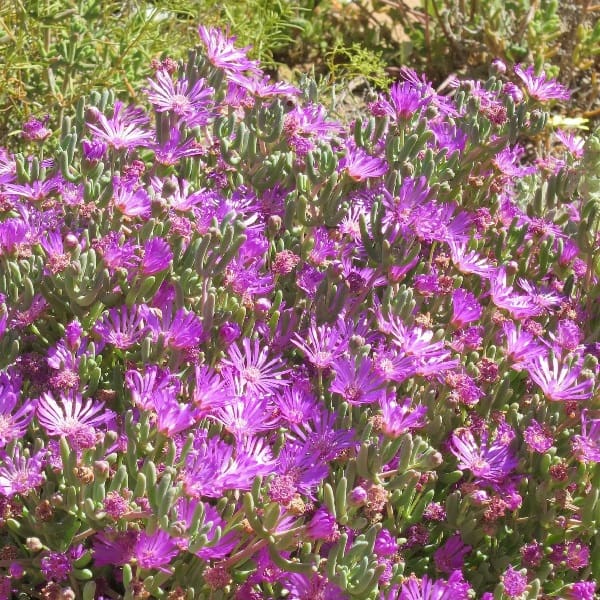
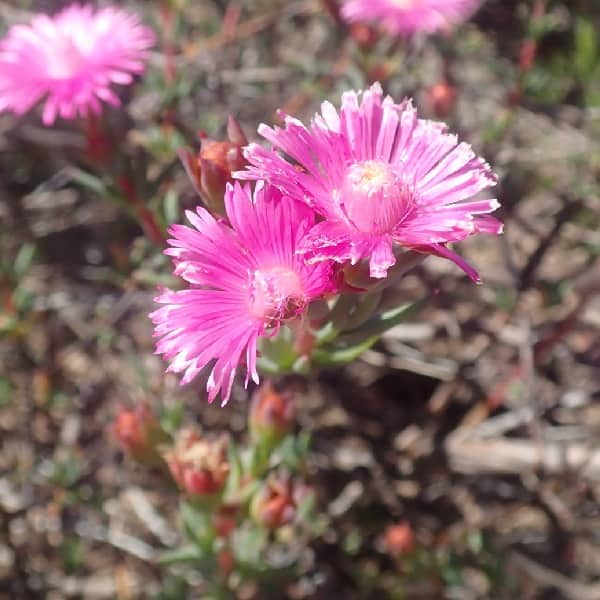
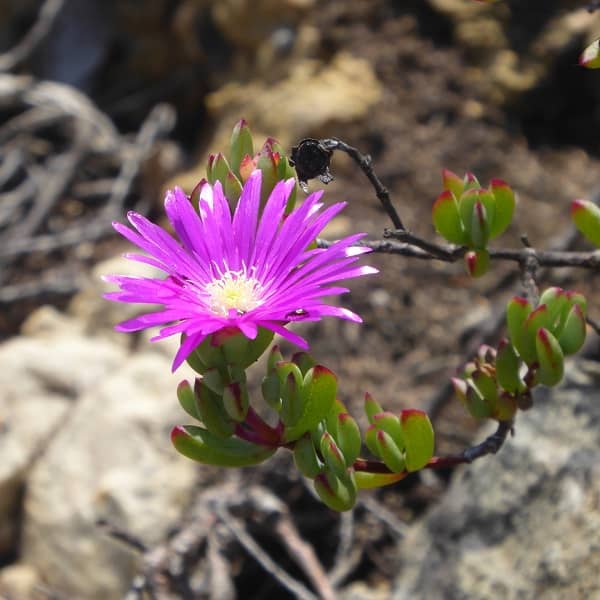
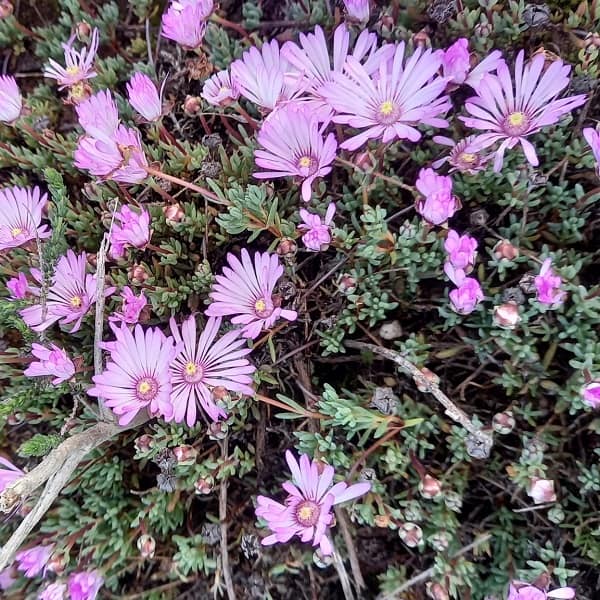
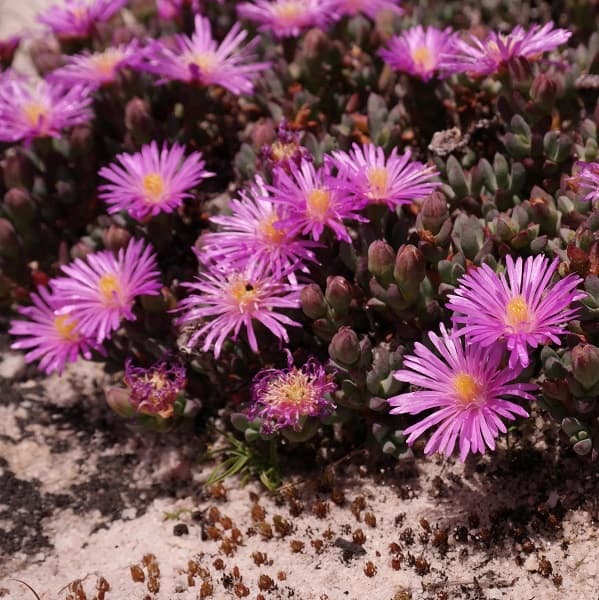
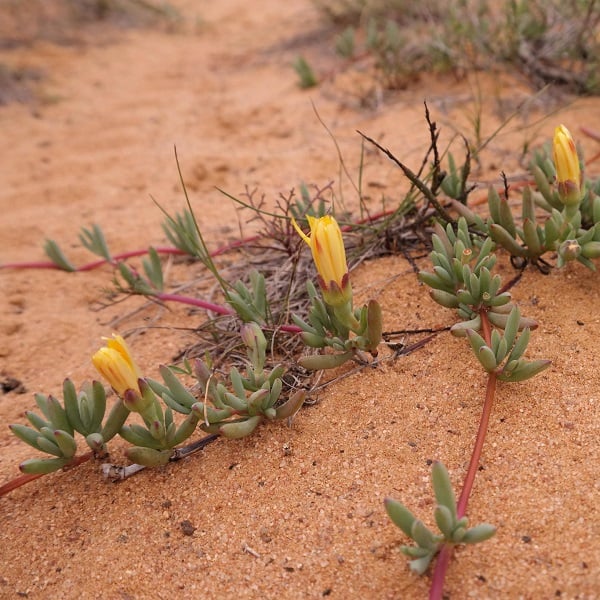
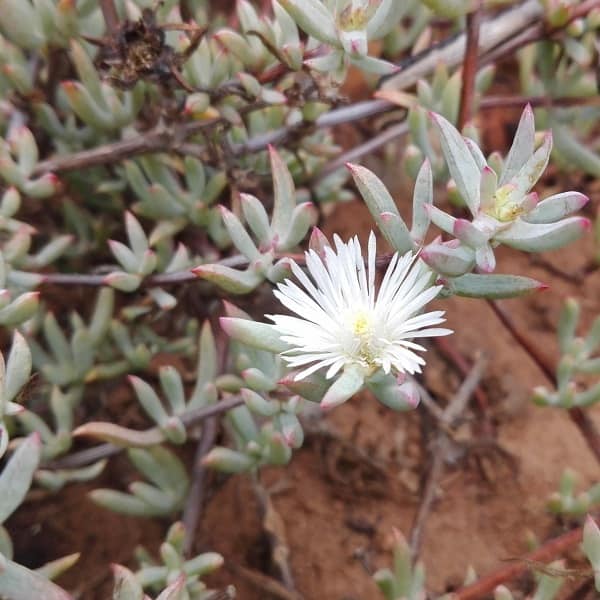
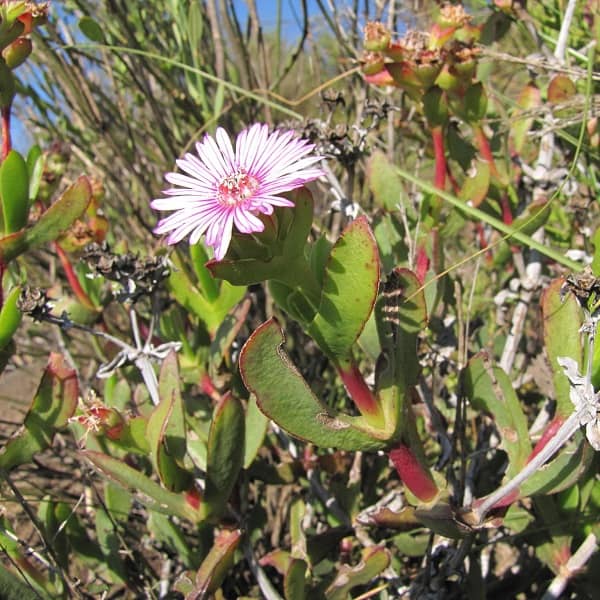
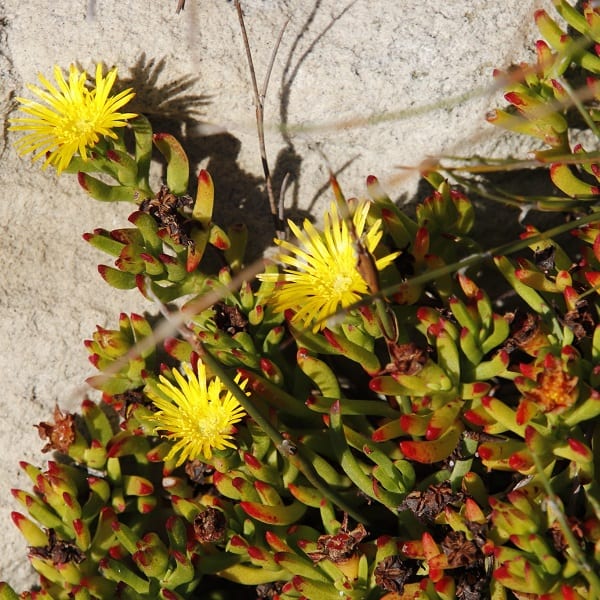
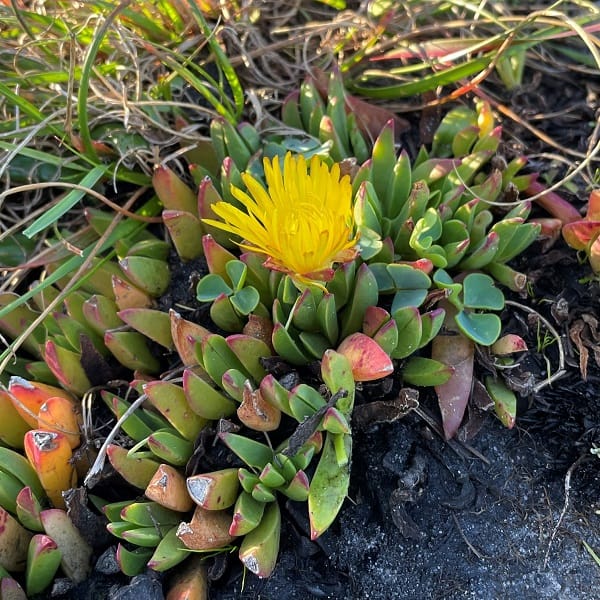
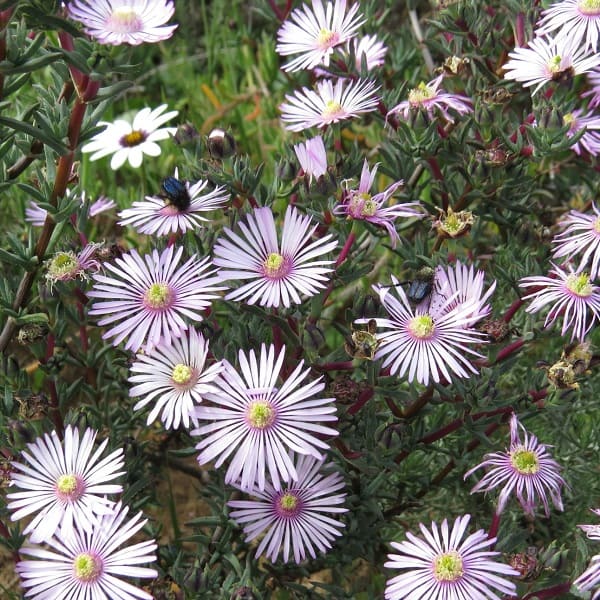
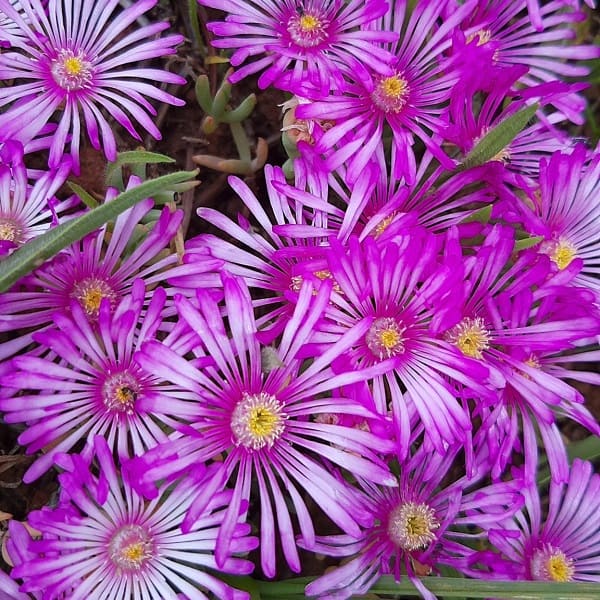
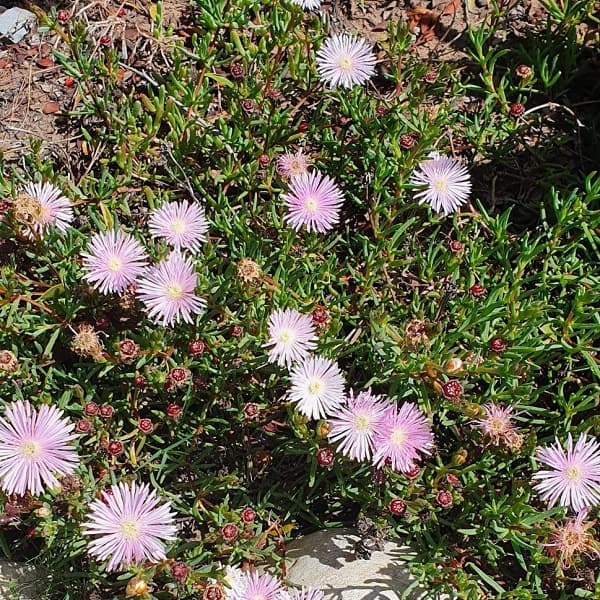
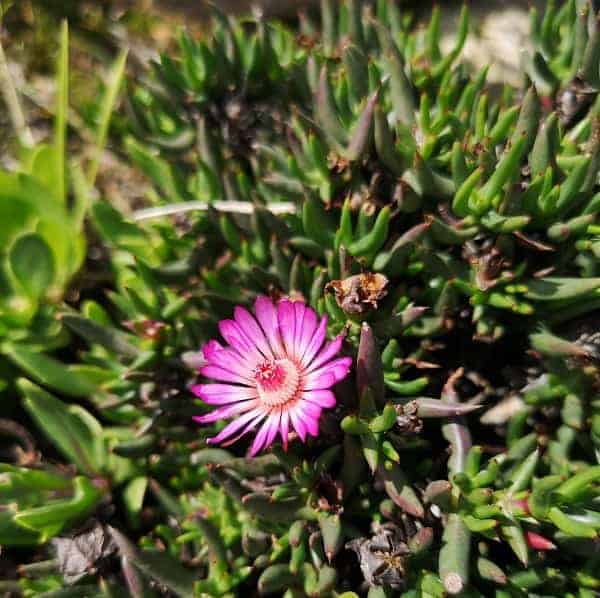
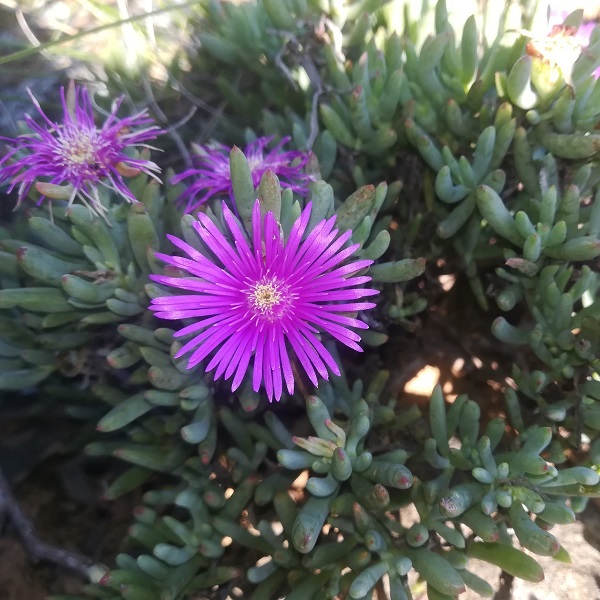
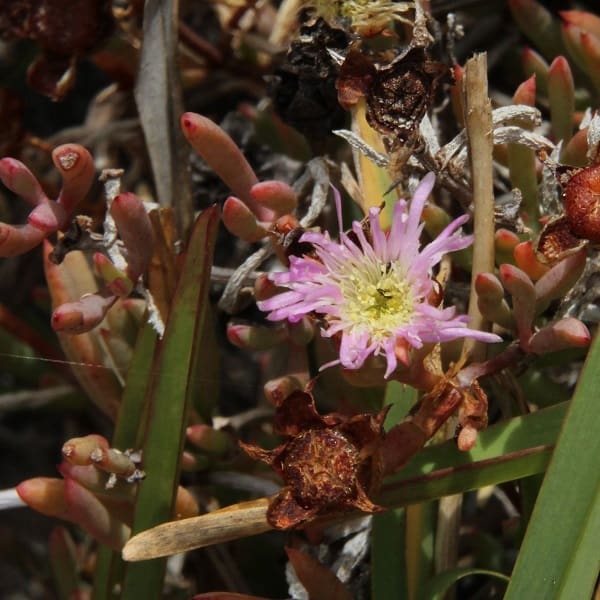
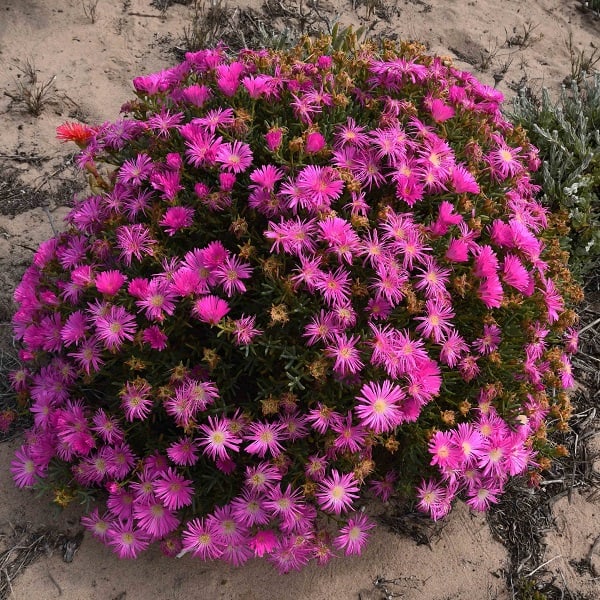
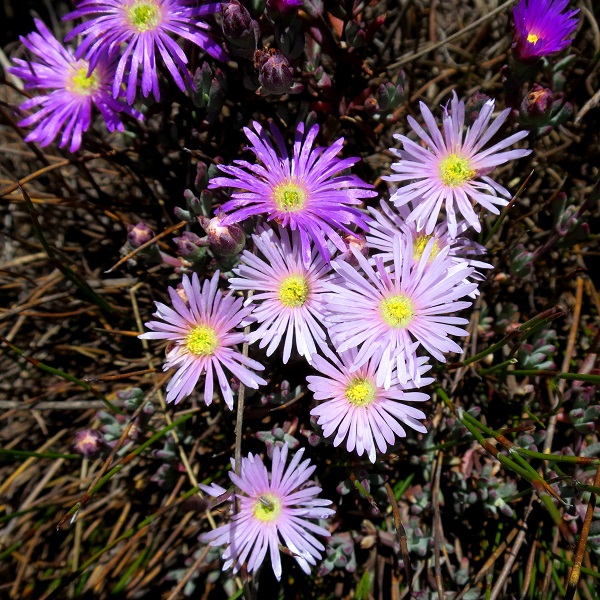
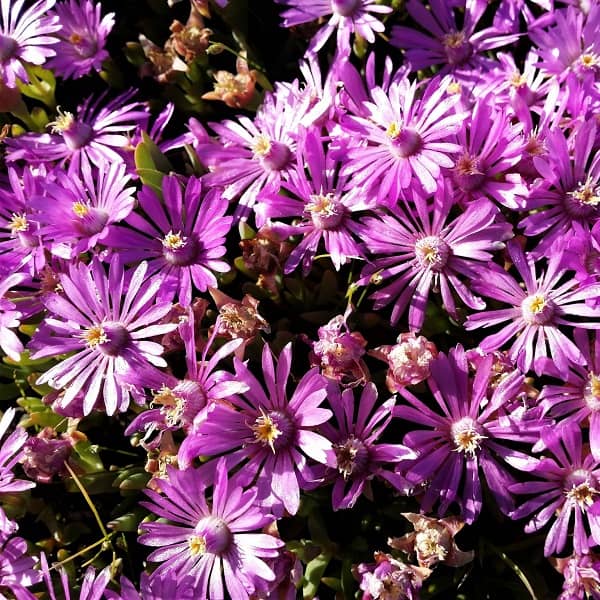
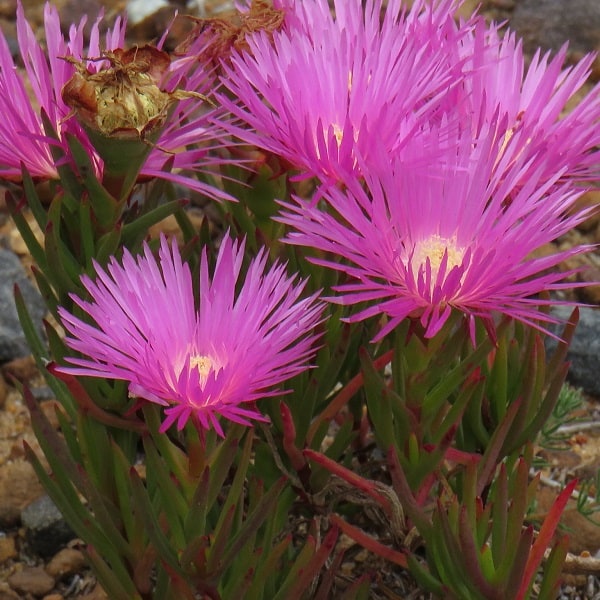
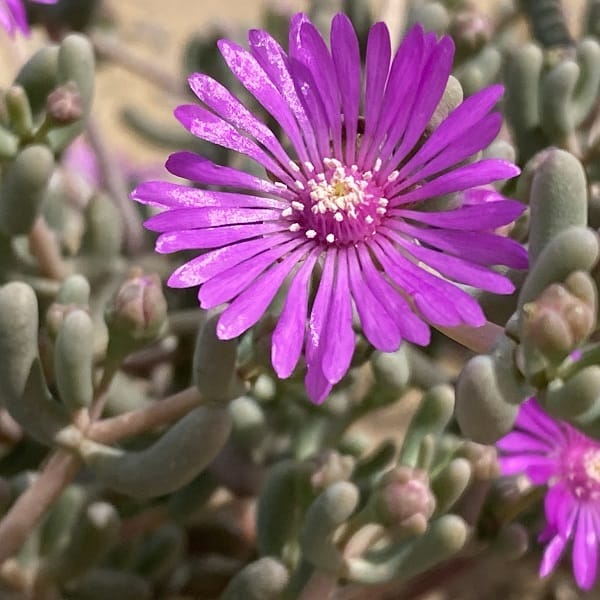
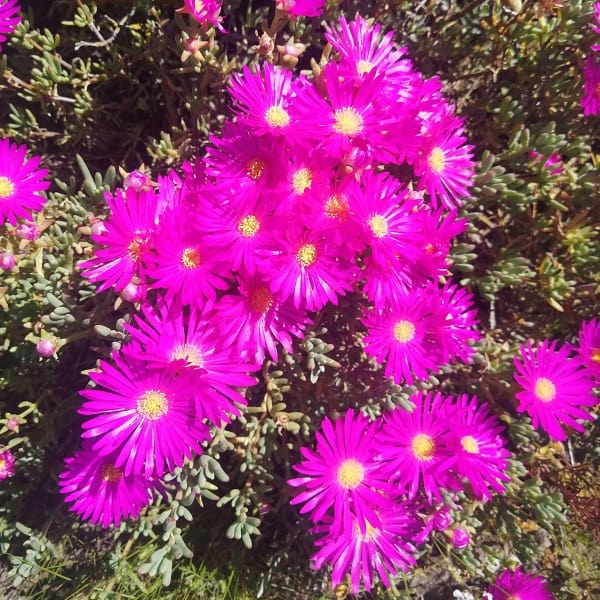
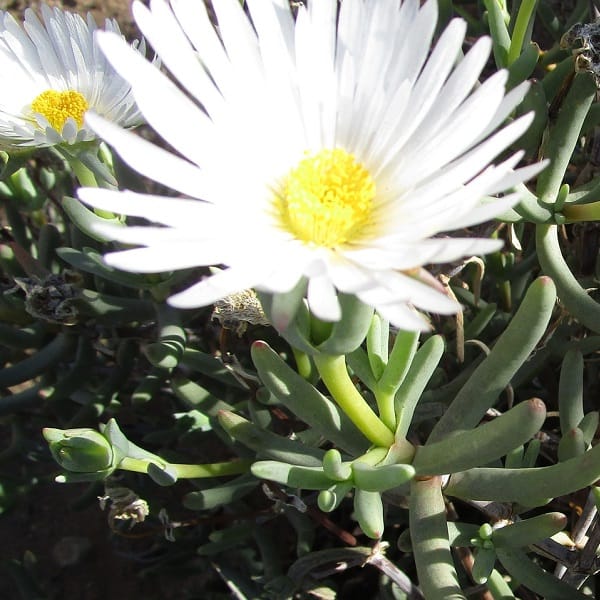
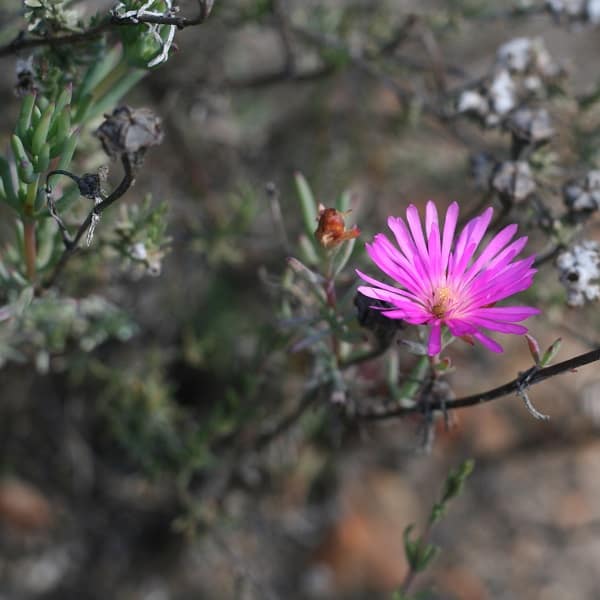
Related Post:
1,000 Types of Succulents with Pictures
Lampranthus Care Guide
Light
Lampranthus succulents thrive in warm weather and love basking in plenty of sunlight. Provide them with direct sunlight for extended periods, as they require ample energy to produce their stunning blooms. If you’re growing them indoors, consider using grow lights to mimic their natural sunlight needs. Remember, these plants dislike frost, so bring them inside during the winter months when temperatures drop below 50°F (10°C).
Water
True to their succulent nature, Lampranthus plants don’t require frequent watering. They prefer moderate humidity and thrive on infrequent watering, even during the summer months. Let the soil dry out completely, with the top inch (2.5 cm) feeling dry to the touch before watering again. In the summer, water them twice a week, and reduce the frequency to once every two weeks during winter.
Soil
Lampranthus plants flourish in well-draining potting soil mixed with pumice or commercial cactus soil. They also adapt well to poor, slightly sandy soil. When repotting or transplanting, ensure you use larger containers to accommodate their growth.
Fertilizer
During the summer months, feed your Lampranthus succulents with a weak liquid fertilizer formulated for cactus plants every 2-4 weeks. In the winter, when growth and flowering slow down, you can reduce or skip fertilization.
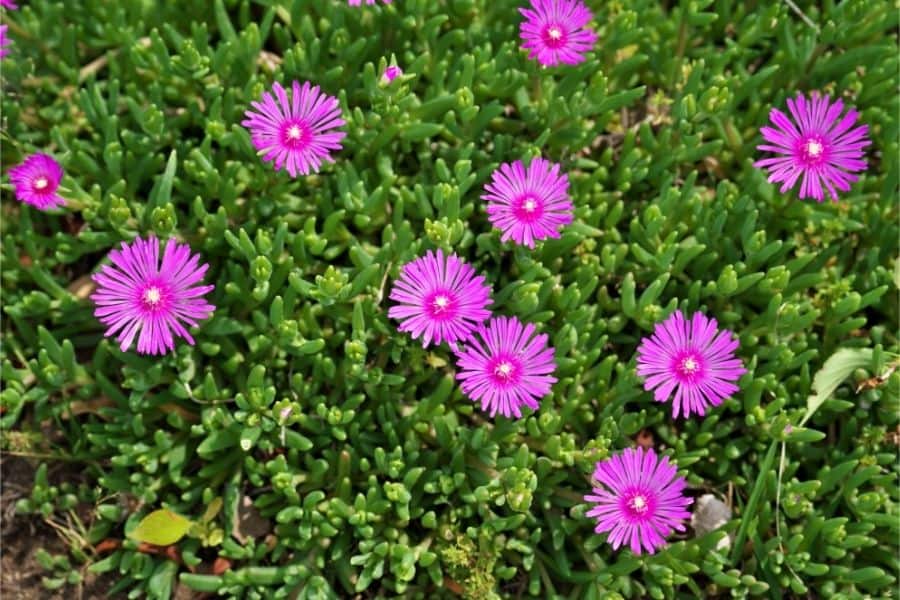
Pests and Diseases
While Lampranthus plants are generally resilient, they can be susceptible to scale insects, mealybugs, spider mites, thrips, and aphids. Combat these pests with organic insecticides containing neem oil or food-grade diatomaceous earth powder, as these plants are sensitive to harsh chemicals. If you notice root rot due to overwatering, cut off the affected soft portions and allow the plant to dry out.
Propagating Lampranthus Succulents
Propagating Lampranthus succulents is a breeze, allowing you to expand your collection or share these beauties with fellow plant enthusiasts. Here’s a step-by-step guide:
- From Seeds: In spring, sow the seeds in a sunny area with well-draining, dry, and slightly stony soil. Cover the seeds with a thin layer of soil and add some manure. If propagating indoors, start the process 2 months before the last expected frost date. Maintain a temperature range of 64-75°F (18-24°C), and you should see germination within 2-4 weeks.
- From Cuttings: In spring, take cuttings from the plant, ensuring they have a few sets of leaves. By autumn, some stems may dry up, signaling an excellent time for pruning and obtaining more cuttings. Allow the cuttings to callus over for a few days before planting them in well-draining soil.
With their vibrant blooms and easy care, Lampranthus succulents are sure to become a beloved addition to your plant collection. Embrace the joy of cultivating these shining gems and let their radiance illuminate your spaces with natural beauty.
